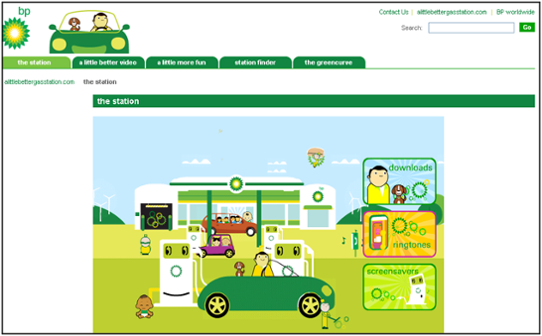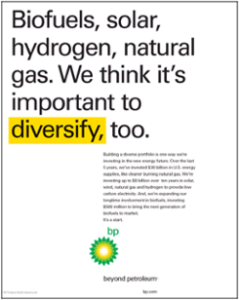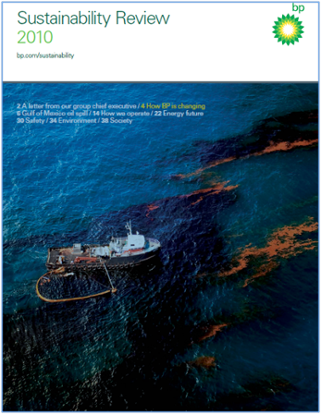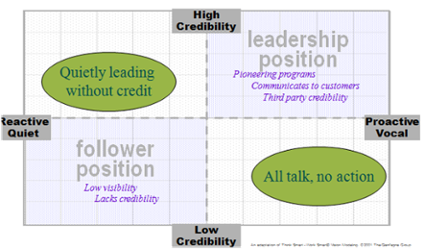Social and environmental responsibility remains an important part of communication strategy for today’s organizations, and now thanks to social media, there are more tools than ever to engage your audiences and share your message. While there are some specific risks involved, sustainability marketing and social media are a perfect match for each other in many ways:
- People tend to be passionate about sustainable business and want to interact w/ sustainable brands – no better way than Twitter, Facebook, Pinterest, YouTube, and more.
- Any organization that communicates about its social and environmental efforts is one that by default is willing to open itself up to more transparency than one that doesn’t, just like those who are active on social.
- The authenticity derived from responsible business practices lends itself well to social media platforms.
- Responsible business practices and a presence in social media are two things that have moved, almost in parallel, from something considered exploratory and progressive to an expectation of doing business.
- Social media is a great tool to start, share and clarify conversations happening around an organization, which becomes exponentially important when dealing with sustainability issues.
Many organizations do this well. A couple of good examples:
Nike Better World (@nikebetterworld): Nike has come a long way since its 1990s reputation for child labor in SE Asia. A transparent, authentic commitment to doing things better is reverberated through all aspects of its business, complete with great engagement in social media channels.
Starbucks – Create Jobs for USA (@JobsforUSA / #JobsforUSA): One of many sustainability programs this company stands behind, the Create Jobs for USA program was a perfect example of intertwining a corporate value with a macrotrend (economic recovery) and implementing through a truly integrated communications program through social media, in-store experience, and traditional advertising.
Caveat – A Cautionary Tale
With social media growing ever more sophisticated and ubiquitous, the era of companies getting away with greenwashing are long gone. In the not too distant past, we saw a company like BP branding itself as an energy company committed to sustainability, with cute microsites like this:

(microsite no longer existing – alittlebettergasstation.com)
And print ads like this:

But then not too far down the road, we have this:

Oops. The gulf oil spill was only the most obvious of issues, but really was just one of many BP was involved with. All of which run counter to how a truly sustainable business would operate. This is just one particularly high profile example relevant because it demonstrates the risk of branding yourself as socially or environmentally responsible: if you mess up, or if you merely are greenwashing to begin with, credibility is gone.
By contrast, in this last year we saw Apple get caught up in a global firestorm over manufacturing conditions at its primary supplier, Foxconn. Not pretty, but Apple hasn’t missed a stride in part because it already has such huge, well-earned trust with its many adoring consumers, but also because it never branded itself as a sustainable company in the first place.
Even with the risk, there is much to be gained by sharing your sustainability message. A few tips:
Get a sense of where your organization fits in context of your competitors and peers. Audit social media activities, website positioning and offline communications such as PR or print advertising. Create a scorecard, and plot the results on a matrix with one axis reflecting how credible an organization is perceived to be, and the other how active or vocal it is. Find the open space where you want to position your organization and own it.

Be honest about how authentic your organization truly is – are you walking the walk, or just talking the talk? Truly sustainable organizations own this as part of their brand DNA. It comes directly from top leadership and is woven into everyday culture, performance reviews, supplier relationships, product lifecycle, sourcing and more. Think Starbucks, whose sustainability culture comes directly from Howard Schultz. If your organization isn’t truly walking the walk, it’s better to take a pass than to risk the certain public backlash from greenwashing.
Be authentic, transparent and responsive. Honesty builds up trust and gets your customers on your side. Even if something goes wrong, you will stand a much better chance of retaining credibility and respect. Hiding from an issue will only make it worse, whether it is a minor issue like a consumer product fail or major like the devastating impact of an oil spill. If something happens, respond thoughtfully and expediently through your social media channels.


